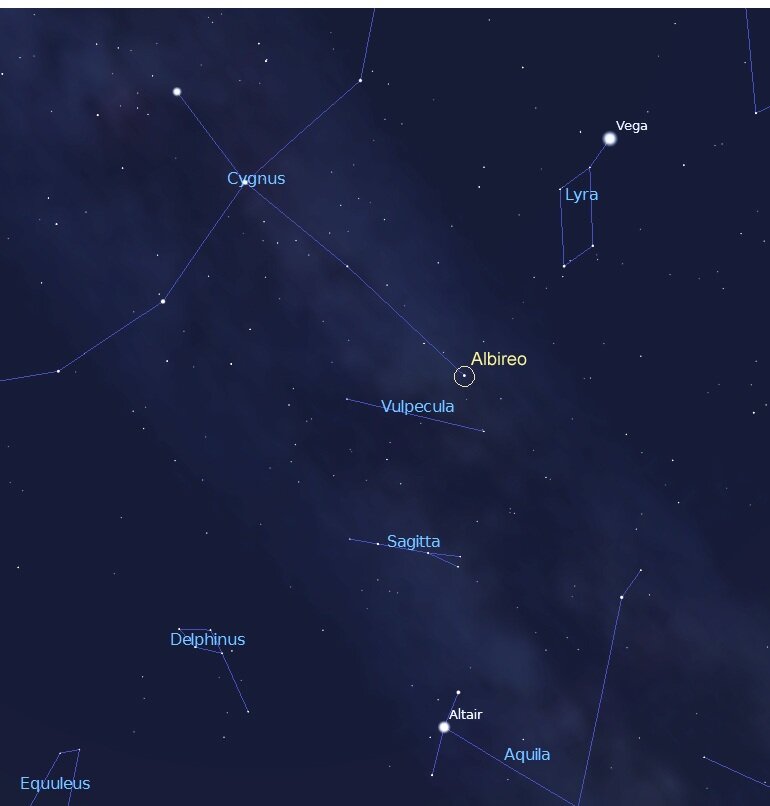The fact is, in 1969, Canada didn’t have a law prohibiting homosexuality. What they had was a number of laws that disproportionately affected 2SLGBTQIA+ individuals – including the two that were changed by the Omnibus Bill, among others. Laws prohibiting indecent acts, obscenity, gross indecency, indecent assault on a male, anal intercourse, vagrancy, nudity, and immoral theatrical performance were all enforced more frequently upon homosexual individuals. “Immoral theatrical performance” applied mainly to drag and burlesque performances, for instance. Vestuary laws were also biased against drag performers and trans individuals, as they required people to wear at least three articles of clothing that corresponded to their gender assigned at birth, and were enforced up until the early 2000s. Bawdy-house laws were used to carry out raids on bathhouses (“places of indecency”) in Montreal and Toronto for decades. Research on the bawdy house law shows that from 1968 to 2004, more than 1,300 men were charged for being in a gay bathhouse.
Of the laws detailed above, many are still in the books. Indecent acts, obscenity, nudity, immoral theatrical performance. Buggery (renamed “anal intercourse” in 1988) and vagrancy were only just repealed in 2019.
This is what passes for “decriminalization” in Canada.
Celebrating the anniversary of 1969 is not only unjustified, but serves to erase decades of 2SLGBTQIA+ activist work that has done far more for the rights of the community than the government ever has, and fails to acknowledge all those who were harmed in the aftermath of the bill. “Actual history is about the activism of our communities,” says Frazer. In present day, it’s a liability for a politician to say something homophobic during an election campaign – it didn’t used to be. That’s the result of decades of activism. Instead of celebrating the fiftieth anniversary of 1969, then, Frazer suggests celebrating the activists. The fact that Canada is failing to acknowledge their contributions is demonstrative of a deeper, underlying homophobia. “They need to be known.”
Interested in learning more? Much of the information for “Contextualizing The Anti-69 Movement” was sourced from “Anti-69 FAQ” on ActiveHistory.ca





















